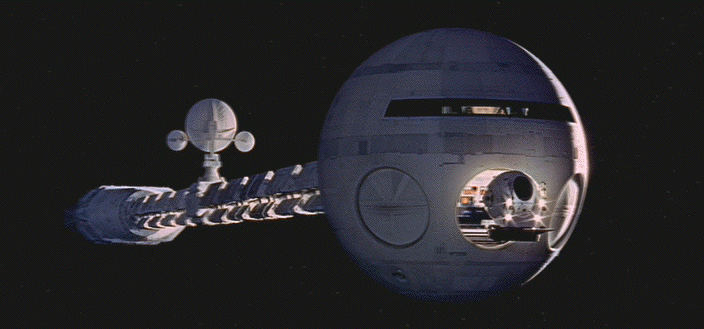Wyrmshadow
Deity
It's been more than a decade since I've used any sort of physics equations, I've forgotten everything.
I have a simple request: I have a space station (2001 movie) that is only 914.7 ft. in diameter. How fast should it spin to simulate 1/3 and 1/2 G?
I'm doing an animation project and I want it to be accurate.

I have a simple request: I have a space station (2001 movie) that is only 914.7 ft. in diameter. How fast should it spin to simulate 1/3 and 1/2 G?
I'm doing an animation project and I want it to be accurate.





